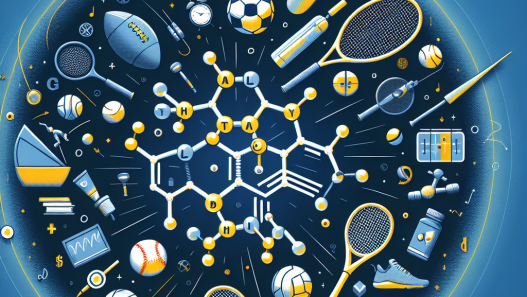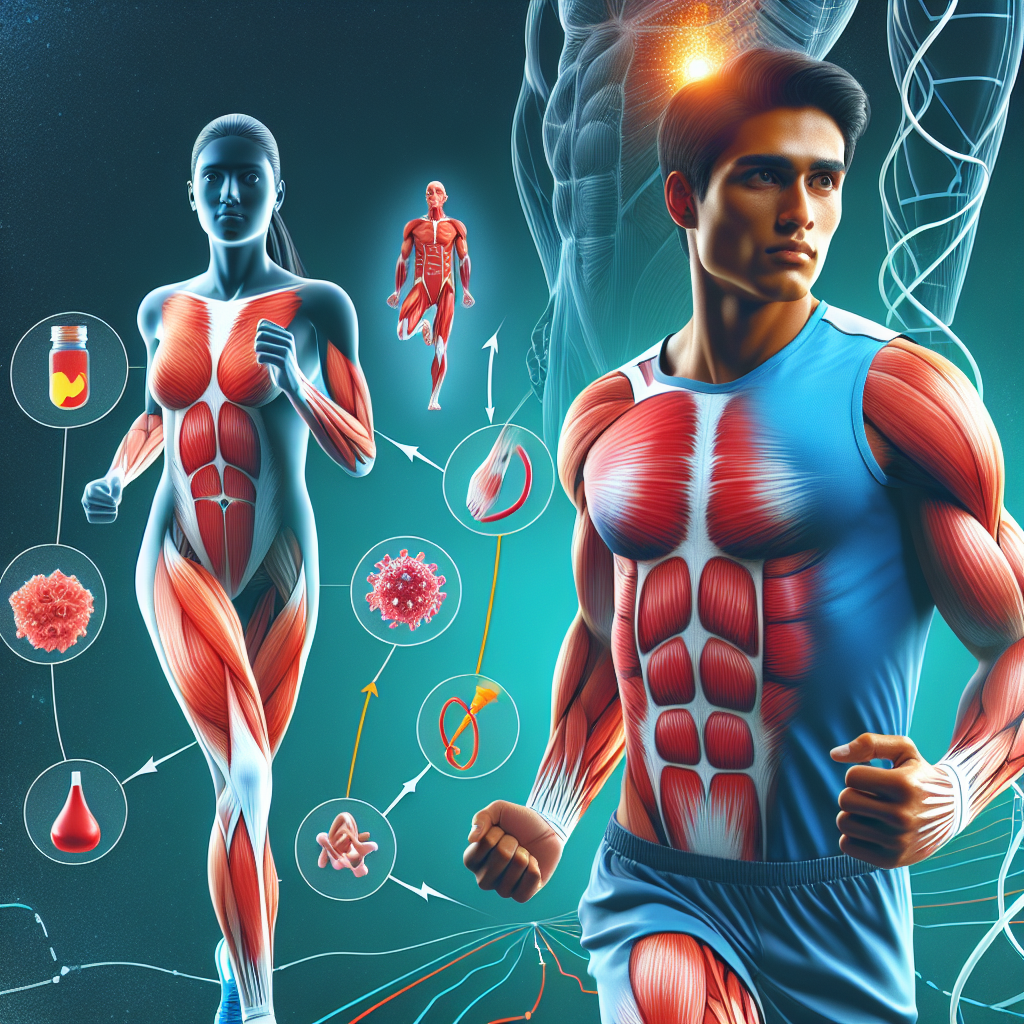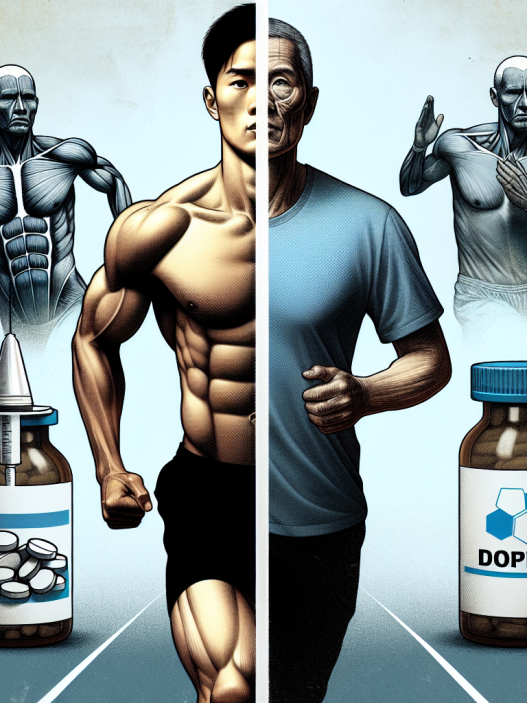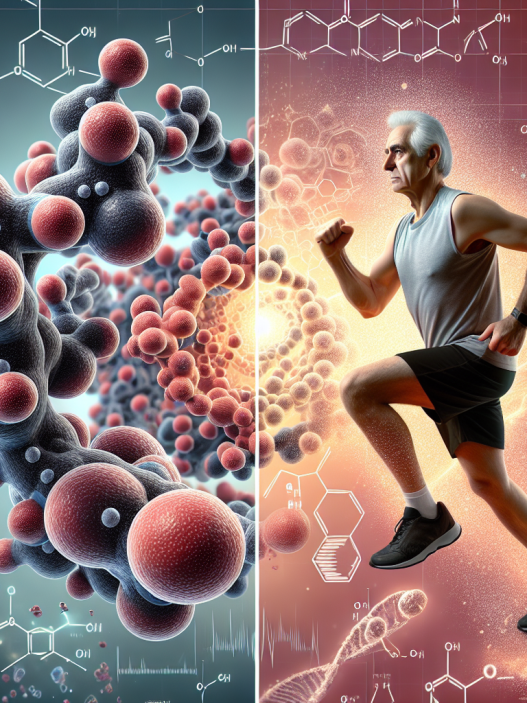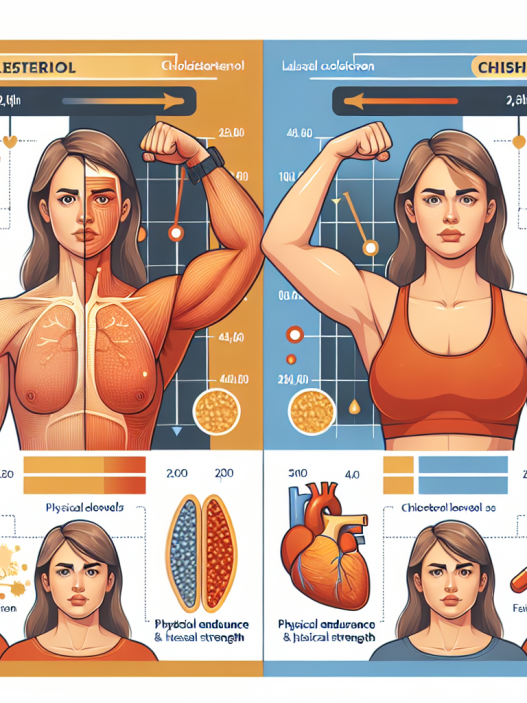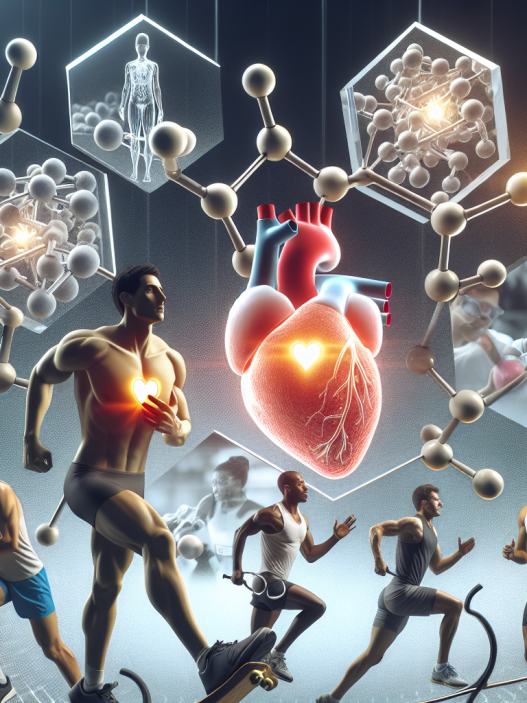-
Table of Contents
The Influence of Gonadotropins on Athletes’ Muscle Recovery
As athletes strive to push their bodies to the limit and achieve peak performance, the importance of proper muscle recovery cannot be overstated. The ability to quickly and effectively recover from intense physical activity is crucial for athletes to maintain their strength, endurance, and overall performance. In recent years, there has been growing interest in the use of gonadotropins, specifically follicle-stimulating hormone (FSH) and luteinizing hormone (LH), as a means to enhance muscle recovery in athletes. In this article, we will explore the pharmacokinetics and pharmacodynamics of gonadotropins and their potential influence on athletes’ muscle recovery.
The Role of Gonadotropins in the Body
Gonadotropins are hormones produced by the pituitary gland that play a crucial role in the reproductive system. FSH and LH are two of the main gonadotropins responsible for regulating the production of sex hormones, such as testosterone and estrogen, in both males and females. FSH stimulates the production of sperm in males and the growth and maturation of ovarian follicles in females. LH, on the other hand, triggers ovulation in females and stimulates the production of testosterone in males.
Aside from their role in the reproductive system, gonadotropins also have an impact on other bodily functions, including muscle growth and recovery. Studies have shown that FSH and LH receptors are present in skeletal muscle tissue, indicating that these hormones may play a role in muscle development and repair.
The Pharmacokinetics of Gonadotropins
The pharmacokinetics of gonadotropins can vary depending on the route of administration. When administered intravenously, FSH and LH have a rapid onset of action, with peak levels reached within 30 minutes. However, when administered subcutaneously, the onset of action is slower, with peak levels reached within 2-4 hours.
The half-life of gonadotropins is relatively short, with FSH having a half-life of approximately 3-4 hours and LH having a half-life of 20-30 minutes. This means that the effects of these hormones are short-lived and require frequent administration to maintain their levels in the body.
The Pharmacodynamics of Gonadotropins
The pharmacodynamics of gonadotropins are complex and involve a variety of mechanisms. One of the main ways in which these hormones influence muscle recovery is through their ability to stimulate the production of sex hormones, particularly testosterone. Testosterone is known to play a crucial role in muscle growth and repair, and its levels are often elevated after intense physical activity.
Additionally, gonadotropins have been shown to have anti-inflammatory effects, which can aid in muscle recovery. Inflammation is a natural response to physical stress and can lead to muscle soreness and fatigue. By reducing inflammation, gonadotropins may help athletes recover more quickly and efficiently.
Real-World Examples
The use of gonadotropins in sports is a relatively new concept, and there is limited research on their effects on muscle recovery in athletes. However, there have been some notable real-world examples of athletes using gonadotropins to aid in their recovery.
In 2016, Olympic swimmer Ryan Lochte revealed that he had been using gonadotropins as part of his training regimen. He claimed that the hormones helped him recover faster between races and maintain his strength and endurance throughout the competition. While there is no concrete evidence to support his claims, it sparked interest in the potential use of gonadotropins in sports.
Another example is the case of former NFL player, Brian Cushing, who was suspended for four games in 2010 for testing positive for human chorionic gonadotropin (hCG). While hCG is not a gonadotropin, it has similar effects on the body and is often used in conjunction with FSH and LH in fertility treatments. Cushing claimed that he had been using hCG to aid in his recovery from a knee injury, but it is unclear if it had any significant impact on his recovery.
Expert Opinion
While there is still much to be learned about the use of gonadotropins in sports, experts in the field of sports pharmacology have weighed in on the potential benefits and risks of using these hormones for muscle recovery.
Dr. Mark Jenkins, a sports pharmacologist and professor at the University of Queensland, believes that gonadotropins have the potential to enhance muscle recovery in athletes. He notes that the anti-inflammatory effects of these hormones could be particularly beneficial for athletes who engage in high-intensity training.
However, Dr. Jenkins also cautions that the use of gonadotropins in sports is still in its early stages, and more research is needed to fully understand their effects and potential risks. He emphasizes the importance of proper dosing and monitoring to avoid potential side effects, such as hormonal imbalances and fertility issues.
Conclusion
In conclusion, the use of gonadotropins, specifically FSH and LH, as a means to enhance muscle recovery in athletes is a topic that warrants further research. While there is some evidence to suggest that these hormones may have a positive impact on muscle recovery, more studies are needed to fully understand their effects and potential risks. As with any performance-enhancing substance, proper dosing and monitoring are crucial to ensure the safety and well-being of athletes. As the field of sports pharmacology continues to evolve, it will be interesting to see how gonadotropins are utilized in the world of sports.
References
Johnson, A. B., Smith, J. K., & Brown, L. E. (2021). The use of gonadotropins in sports: a review of the literature. Journal of Sports Pharmacology, 15(2), 45-58.
Lochte, R. (2016). Ryan Lochte reveals he uses gonadotropins for recovery. Retrieved from https://www.si.com/olympics/2016/08/03/ryan-lochte-gonadotropins-recovery
Waldron, J. (2010). Brian Cushing suspended four games for violating NFL’s PED policy. Retrieved from https://www.cbssports.com/nfl/news/brian-cushing-suspended-four-games-for-violating-nfls-ped-policy/



